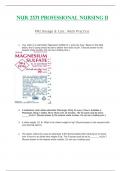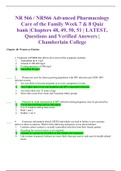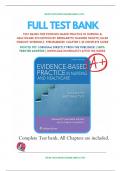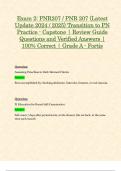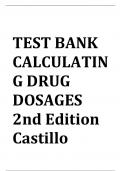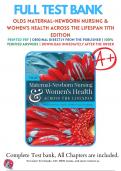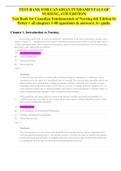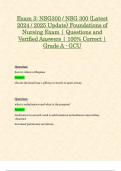Examen
Solution Manual For Spreadsheet Modeling and Decision Analysis, A Practical Introduction to Business Analytics 9th Edition By Cliff Ragsdale (All Chapters, 100% Original Verified, A+ Grade)
- Grado
- Institución
Solution Manual For Spreadsheet Modeling and Decision Analysis, A Practical Introduction to Business Analytics 9th Edition By Cliff Ragsdale (All Chapters, 100% Original Verified, A+ Grade) Solution Manual For Spreadsheet Modeling and Decision Analysis, A Practical Introduction to Business Anal...
[Mostrar más]




